Team
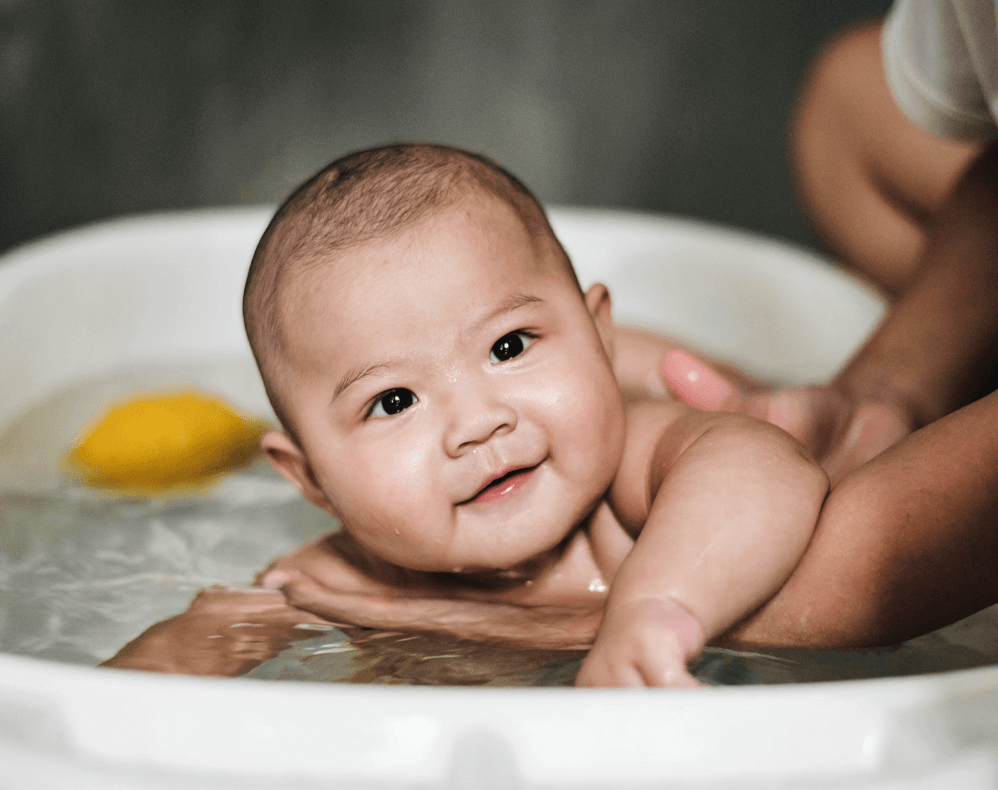
Bathing a baby
Bathing a newborn should be enjoyable, safe, and comfortable. Use a gentle cleaner, warm water, and clean towels. Ensure that everything you require is accessible.
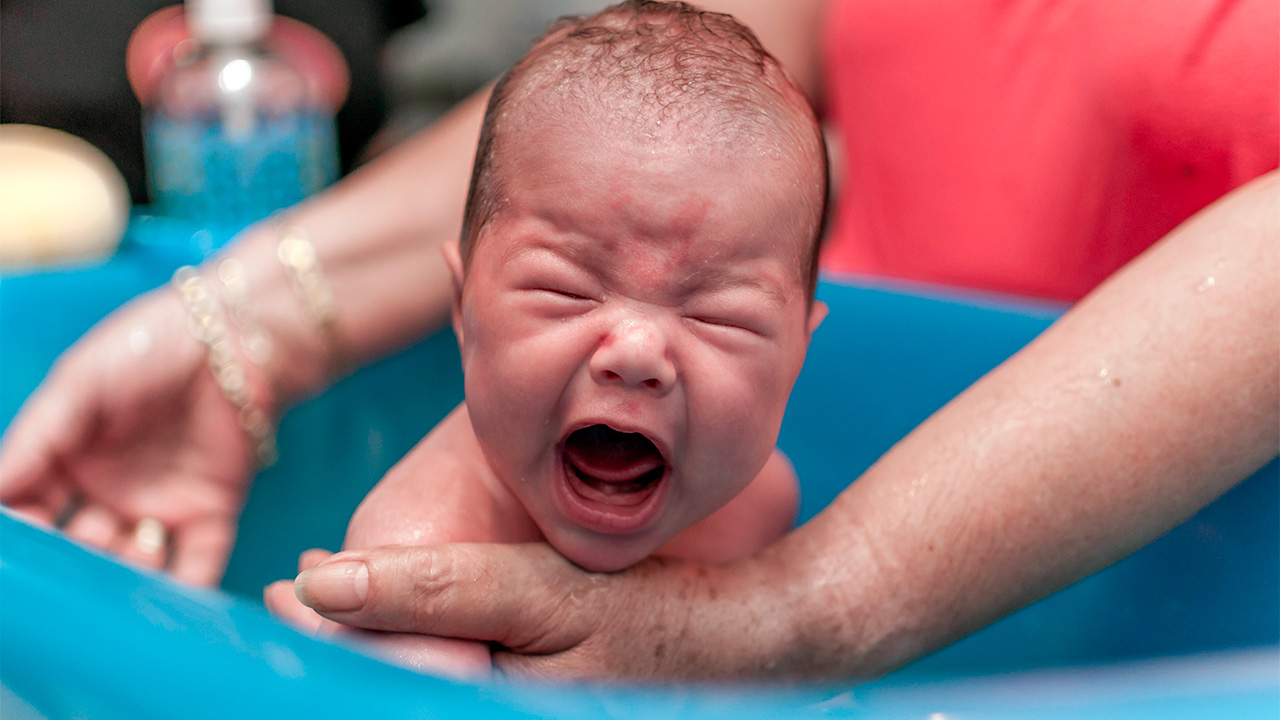
Fear of the bath: babies and toddlers
Some babies and toddlers have a fear of baths. If your child is afraid of baths, introduce baths slowly, help your child feel safe, and make bath time fun.
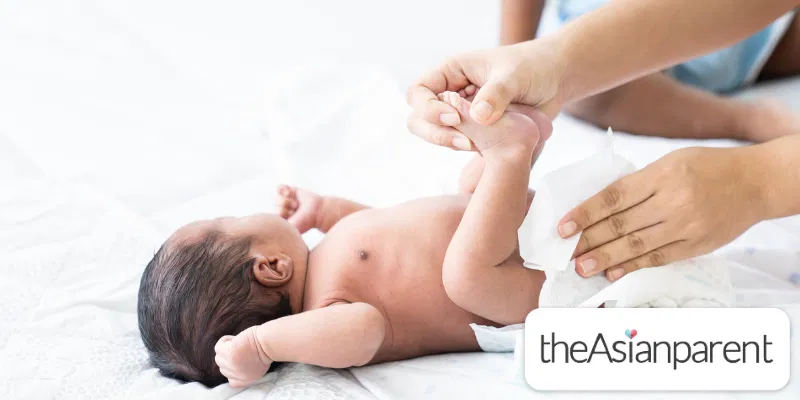
Baby genitals: care and cleaning
Infections can be avoided by keeping your baby's genital area clean. Use a cotton ball or soft cloth, warm water, and a mild cleanser to clean the baby's genitalia.

Cleaning baby eyes, ears and noses
Once a day, baby eyes, ears, and noses should be gently cleaned. When bathing your infant, wash them with warm water and a cloth or cotton wool.
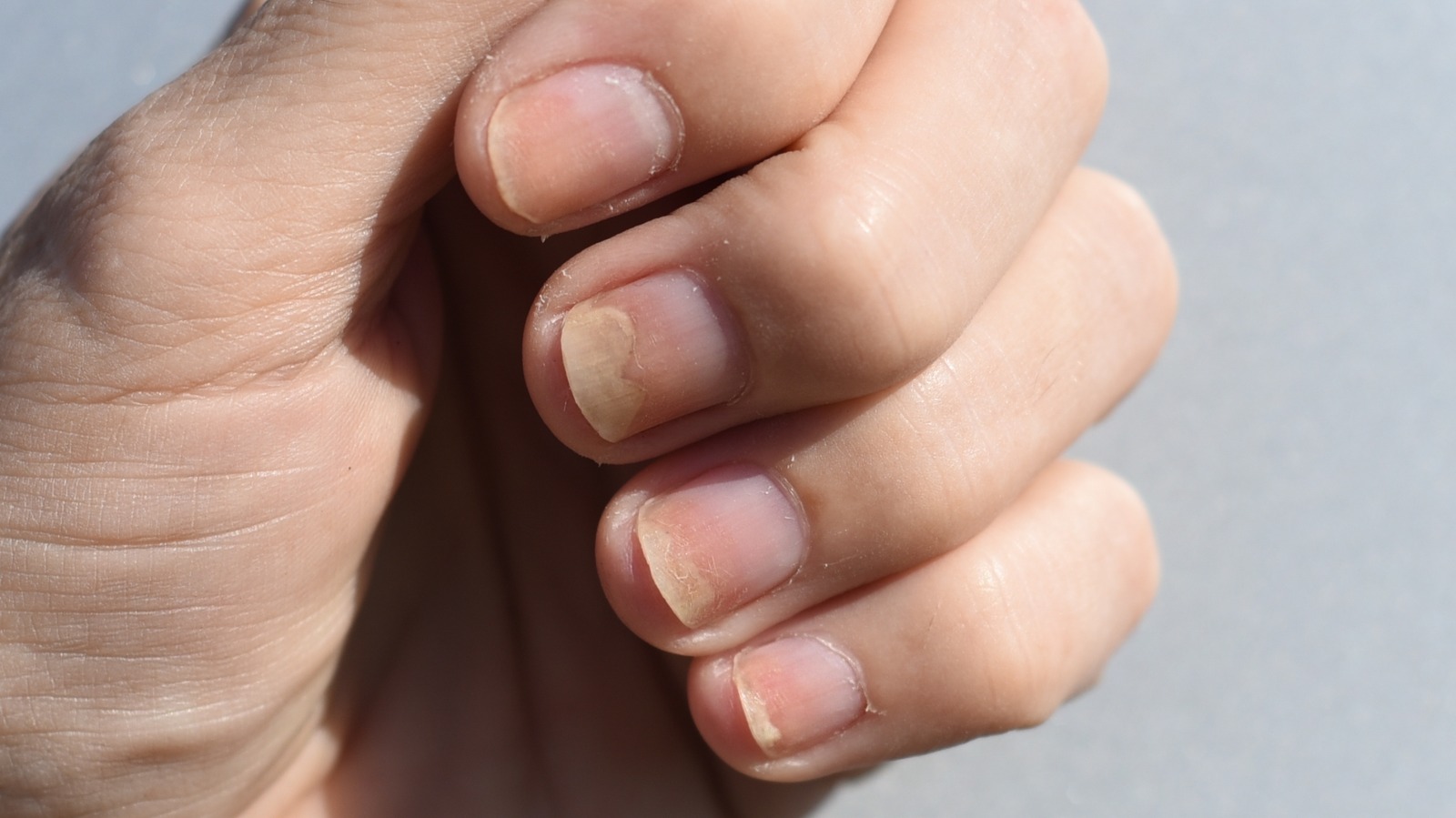
Baby nails: how to cut them and treat nail problems
It's crucial to trim newborn nails since short nails prevent them from scratching themselves. Cutting a baby's nails when they are relaxed, sleepy, or drowsy can be beneficial.

Poos and wees
It may seem horrible to look at your baby's faeces and urine, but it's not. It's among the greatest methods to assess the health of your unborn child. Learn more.
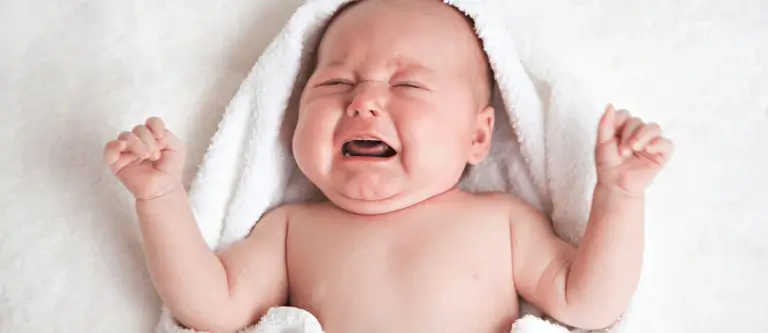
Constipation
Children who are constipated have firm stools that are challenging to expel. Regular toileting and a high-fiber diet typically assist. Laxatives are necessary for certain kids.
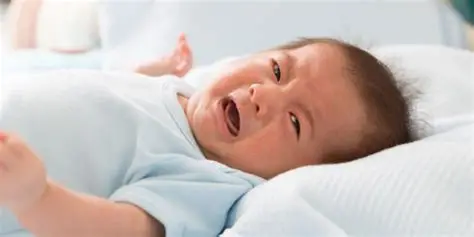
Diarrhoea
Large, runny, frequent, or watery stools are signs of diarrhoea. It is typical in kids. As your child recovers from diarrhoea, make sure they consume adequate water.
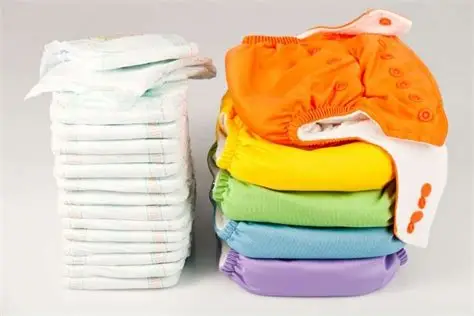
Nappies: cloth nappies and disposable nappies
What nappies should you use for your baby? Our guide takes you through the pros and cons of cloth nappies and disposable nappies to help you decide.
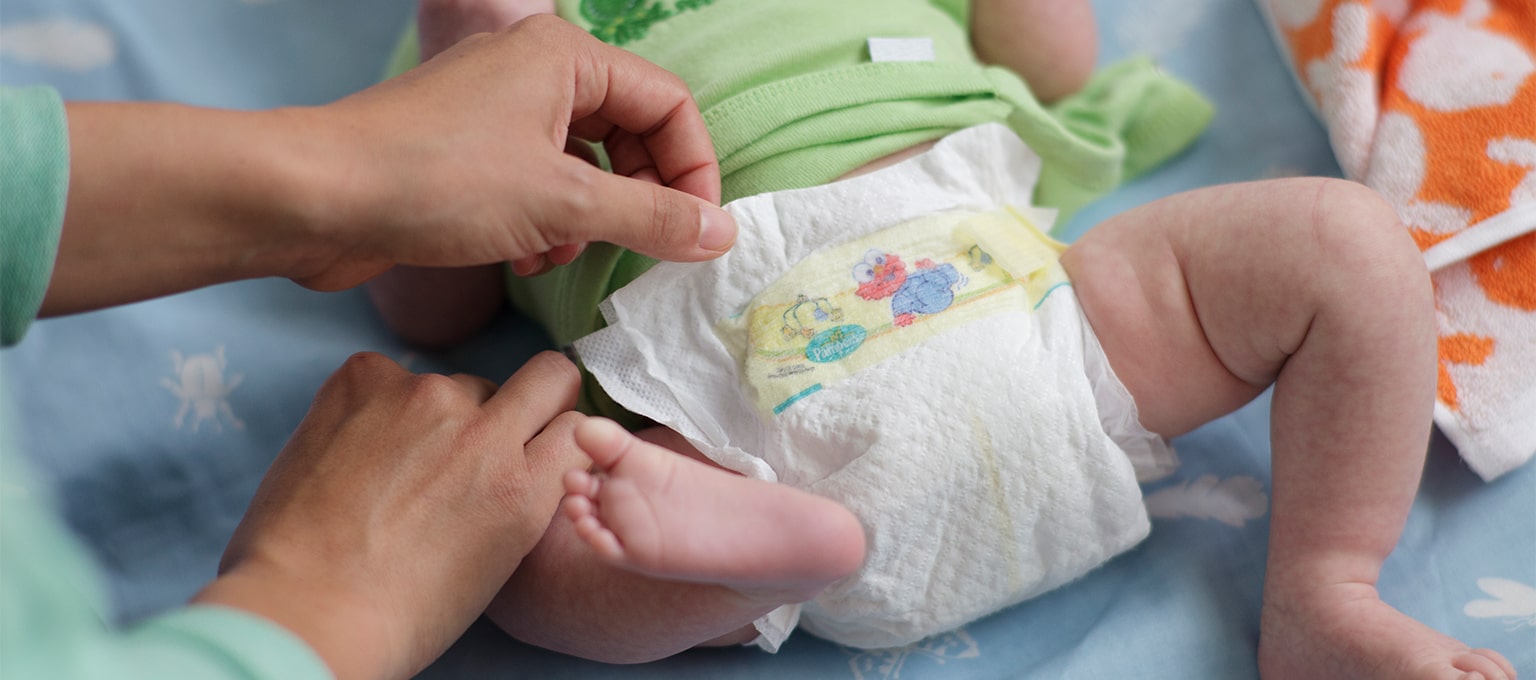
Changing a nappy: in picturest
Simple illustrations of changing nappies: keep wipes and nappies close at hand. Put on a new diaper and clean the baby's butt. A baby should never be left alone on a changing table.
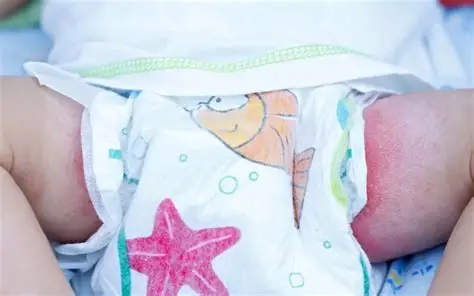
Nappy rash
Children with nappy rash have irritated butts. Use disposable nappies, apply barrier cream, keep skin clean and dry, and change nappies frequently to treat it.

Baby teeth development, dental health and dental care
Before the first infant teeth erupt, dental care and tooth decay prevention begin. However, how can infant teeth be properly cleaned? This is explained in our baby dental health guide.

Non-food allergies in babies, children and teenagers
Allergies to non-food substances, such as chemicals, dust mites, grasses, weeds, trees, insect bites, latex, medications, and pets, should be avoided by kids.
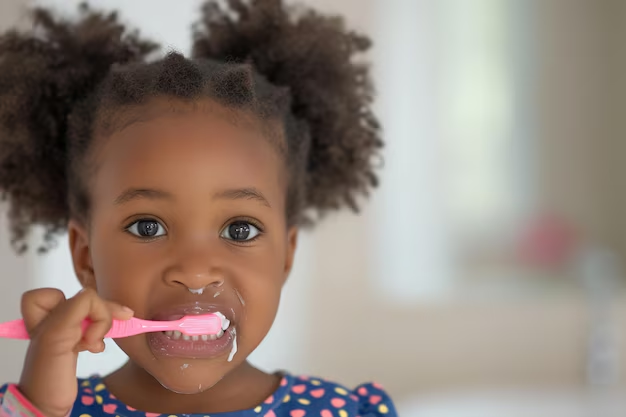
Brushing children’s teeth: in pictures
For your child's dental health, brushing their teeth is essential. The procedures for maintaining the cleanliness and health of children's teeth are outlined in our illustrated guide.
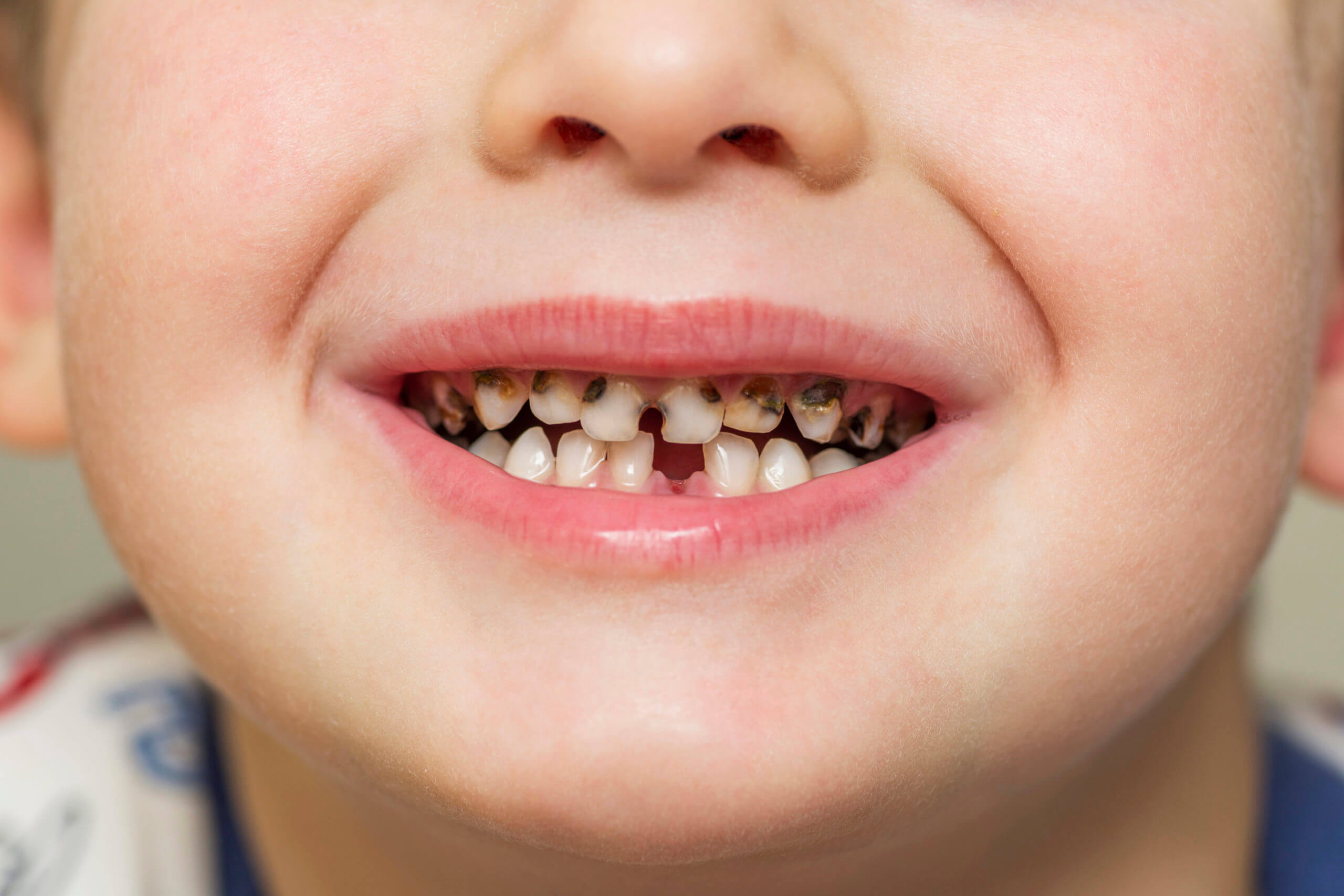
Tooth decay in babies, children and teenagers
For kids and teenagers, tooth decay is a serious concern. However, with proper hygiene, a balanced diet, and frequent dental examinations, your child can prevent tooth decay.

Dressing babies and choosing baby clothes: a guide
For important information about baby clothes, including what to buy, how many to buy, and how to dress your baby, read this helpful guide.
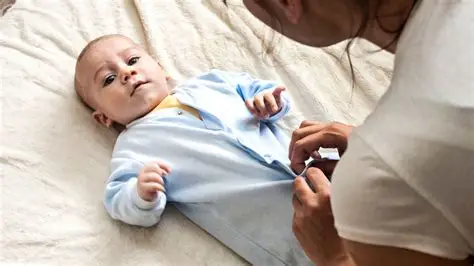
Dressing babies for bed
When babies aren't too hot or chilly, they sleep better. Try using a secure newborn sleeping bag or dress babies in enough clothing to keep them warm without coverings.

Sun safety: babies, children and teenagers
By taking sun safety precautions, you can shield your child's skin from UV rays, sunburn, and skin damage. It all comes down to timing, shade, sunscreen, and protective clothing.
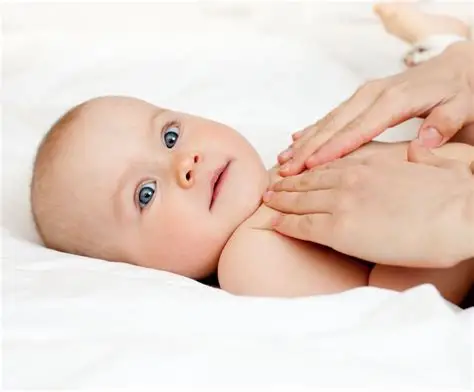
Baby massage: in pictures
Massages for babies are frequently calming and can strengthen bonds. Slowly, gently, and smoothly touch the baby; if they become agitated, stop. View additional baby massage instructions.
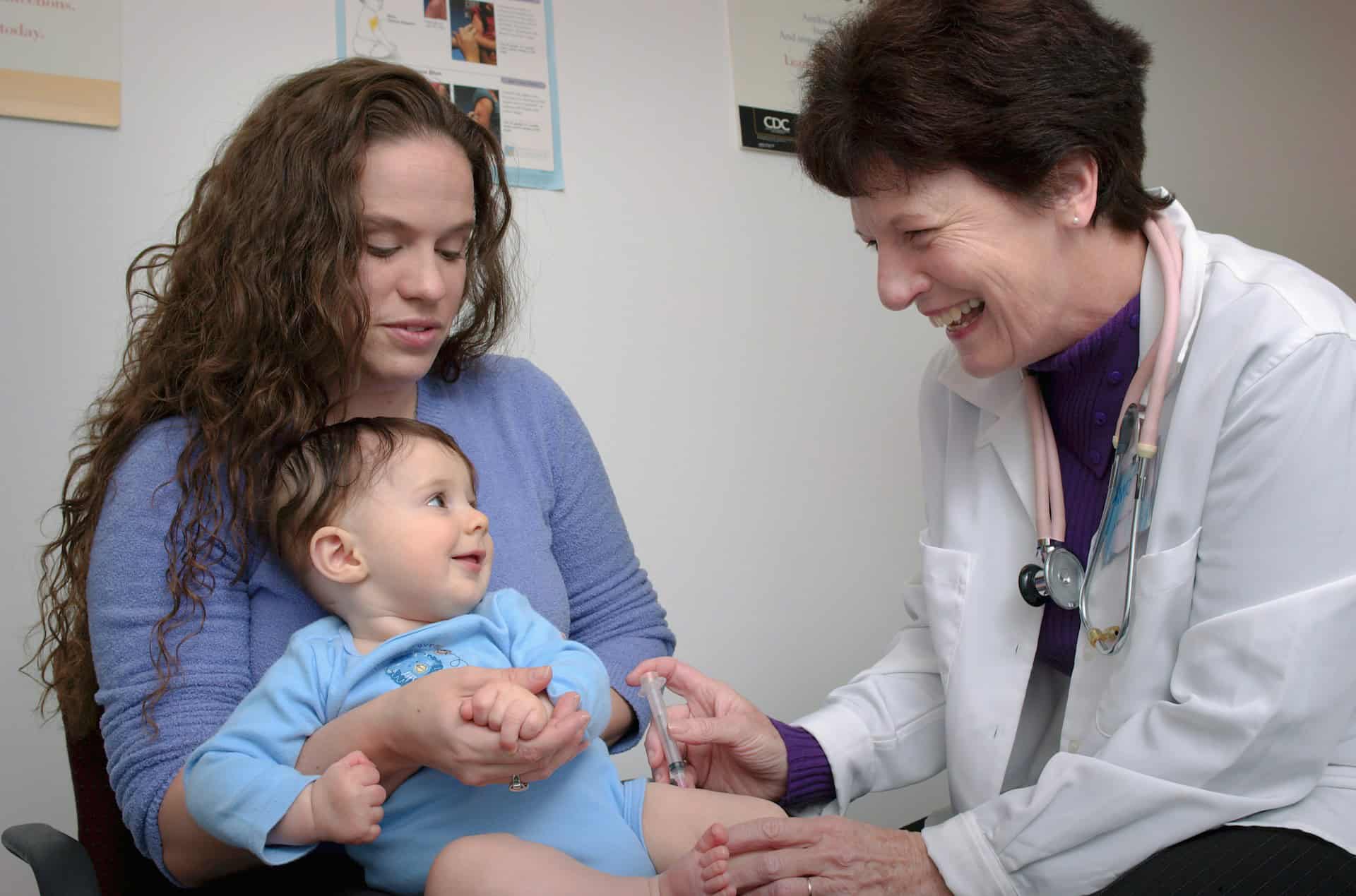
Finding a family GP
A excellent family doctor knows how important it is to get to know you and your kids. Location, availability, pricing, and hours of operation are also crucial.

Medicines for children: a guide
A excellent family doctor recognises the value of getting to know you and your kids. Additionally crucial are the location, hours of operation, costs, and availability.
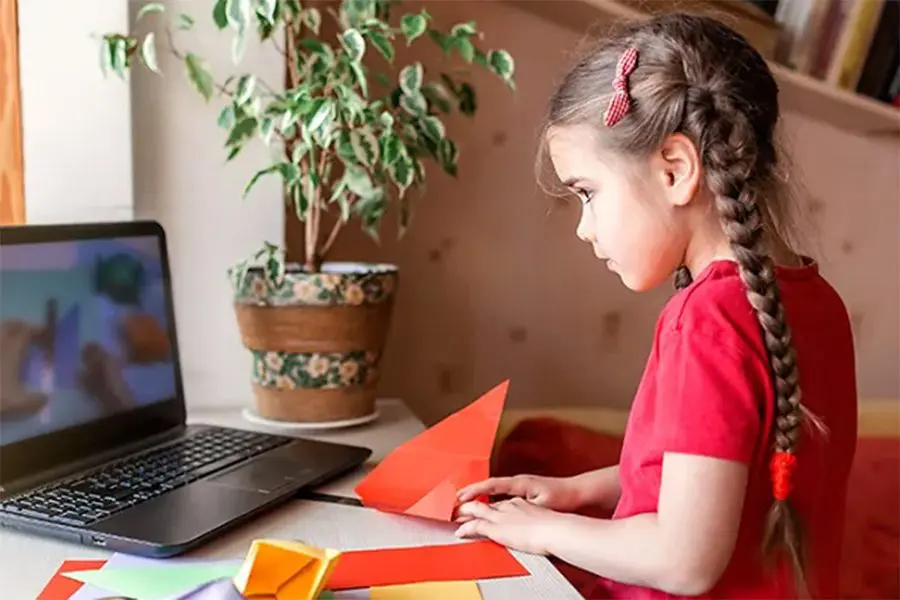
Telehealth: children and teenagers
Telehealth refers to scheduling medical appointments via video or phone. Families can benefit greatly from telehealth. It safeguards privacy and is safe.

Telehealth appointments for children and teenagers: in pictures
Our advice explains how to make the most of telehealth appointments: find a peaceful location, check your technology, get your kids ready and keep information close to hand.
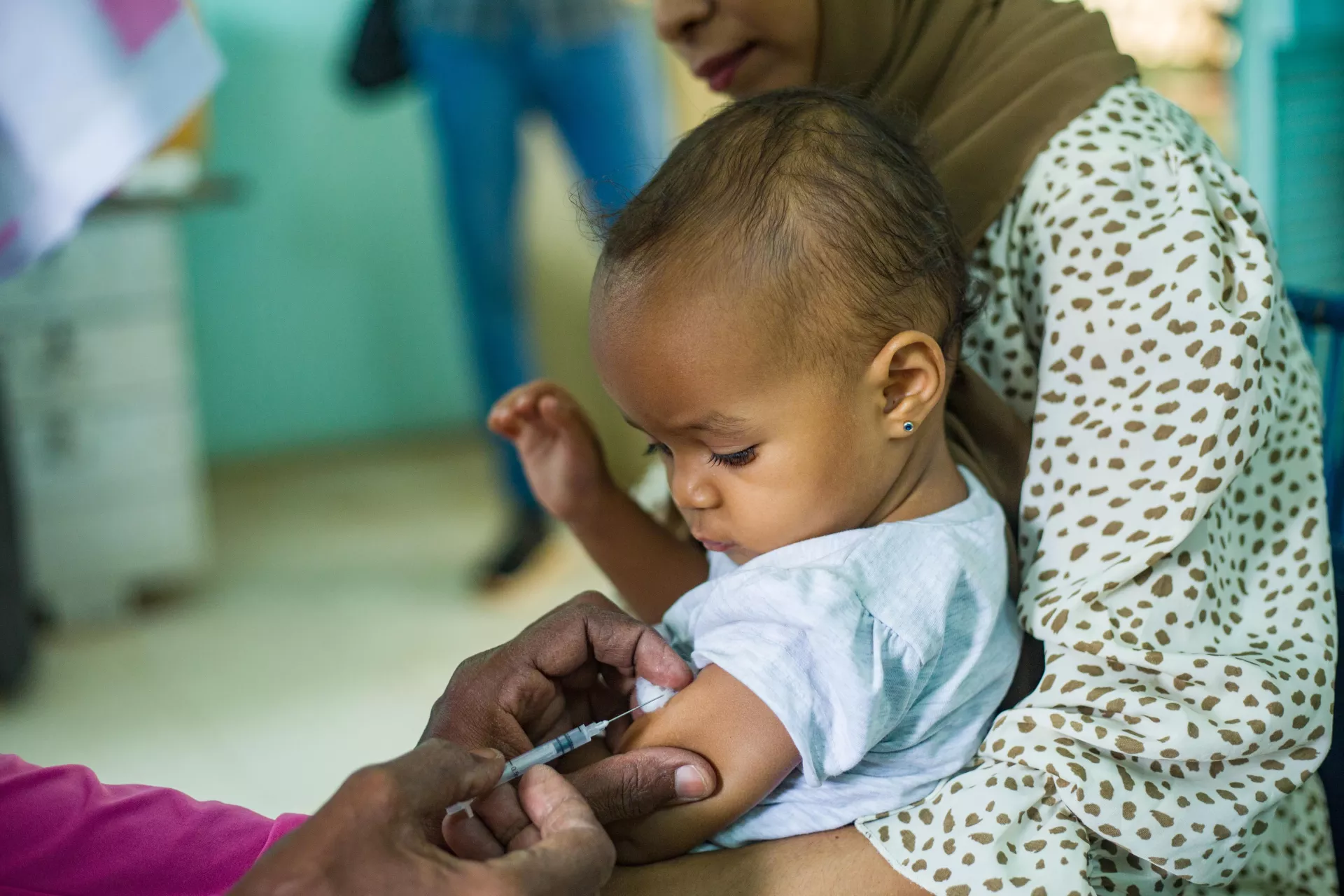
Immunisation for children
Immunisation safeguards the health of your child. Learn about the diseases covered by the NIP, why your child needs to be vaccinated, and how to vaccinate them.

Immunisation: questions and answers
Use our immunisation FAQs to find answers to frequently asked questions regarding vaccinations in Australia. Read up on safety, side effects, vaccinations, and other topics.

How to prepare children and teenagers for vaccination
A smart method to get kids and teens ready for vaccinations is to talk to them. Kids who have needle anxiety can benefit from relaxation techniques and distraction.
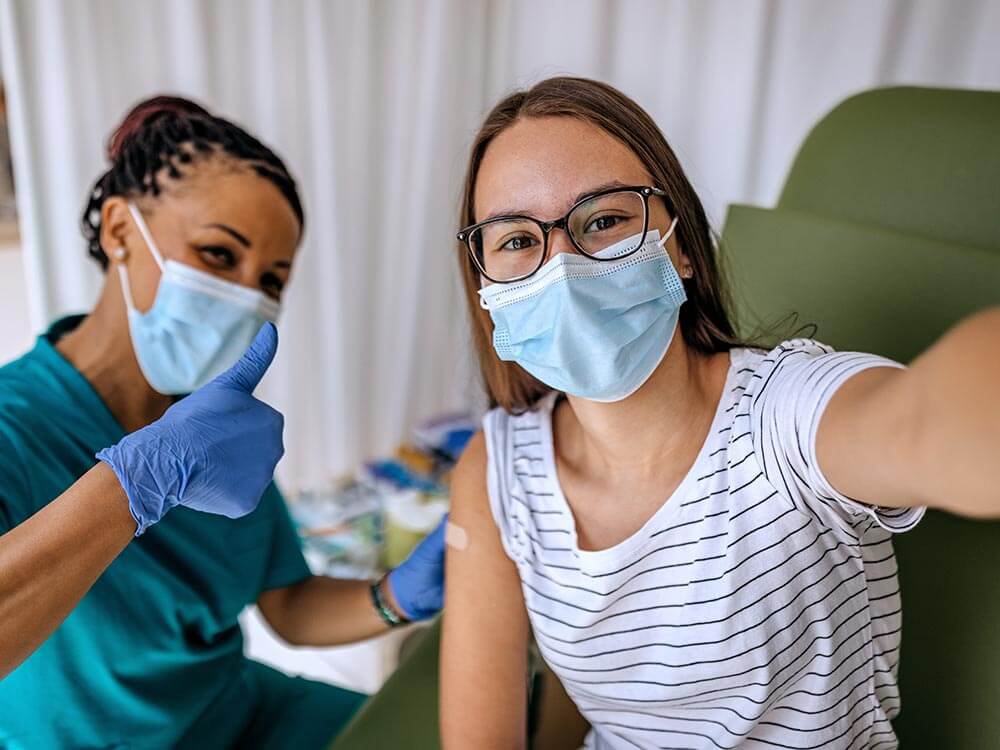
COVID-19 vaccination: children and teenagers
Some children can receive the COVID-19 vaccine as early as six months of age. Consult your doctor or other trustworthy sources if you have any questions concerning vaccinations.
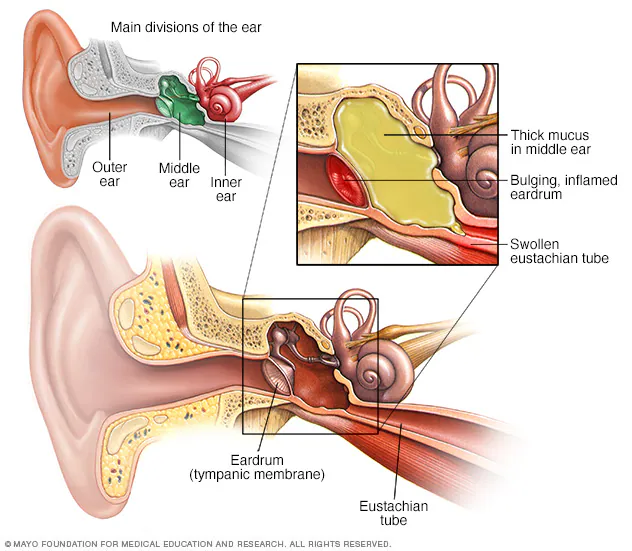
Middle ear infection
Your baby's head is expanding to accommodate the growing brain at 29 weeks, and its muscles and lungs are maturing.
What are vaccines and how do vaccines work?
Children who suffer middle ear infections typically experience ear pain or discomfort. See a doctor if you believe your child has a middle ear infection.

Serious childhood illnesses: 0-3 years
When a child exhibits signs of a serious disease, such as extreme sleepiness, trouble breathing, blue skin, convulsions, fever, or vomiting, get medical attention very once.

Fever
A body temperature above 38°C is considered a fever. Children that have a fever are unwell. When your child has a high temperature, follow these steps.
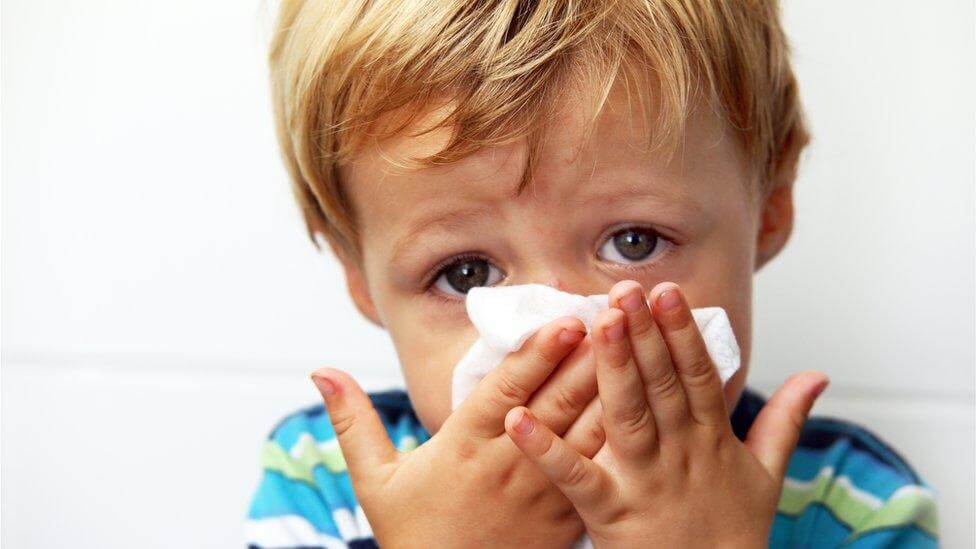
Colds
Your youngster may become pretty ill with a cold. Although there isn't a cure, you may help your child feel better by treating the symptoms of a cold. Fluids are essential.
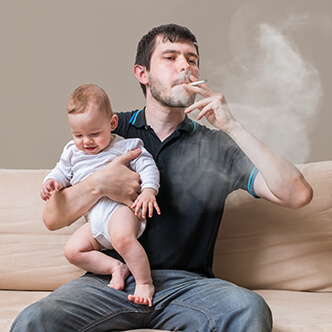
Second-hand smoke, third-hand smoke and vapour: effects on children
Children can have major health issues as a result of secondhand smoke, thirdhand smoke, and vapour. Quit smoking and keep your house and vehicle smoke-free to lower your risk.
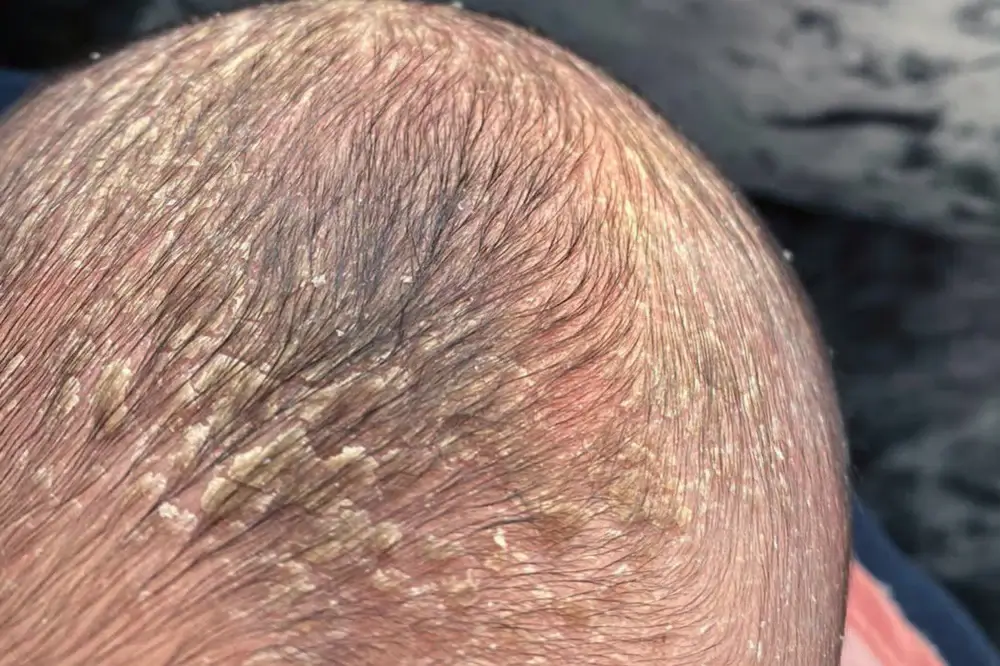
Cradle cap
You will still feel numerous movements around 35 weeks, but your baby is too snug in your womb to make many somersaults.

Food intolerance: children and teenagers
You will still feel numerous movements around 35 weeks, but your baby is too snug in your womb to make Bloating, diarrhoea, and stomach pain are signs of food intolerance in kids and teenagers. Consult your doctor if you believe your child has a food intolerance.many somersaults.
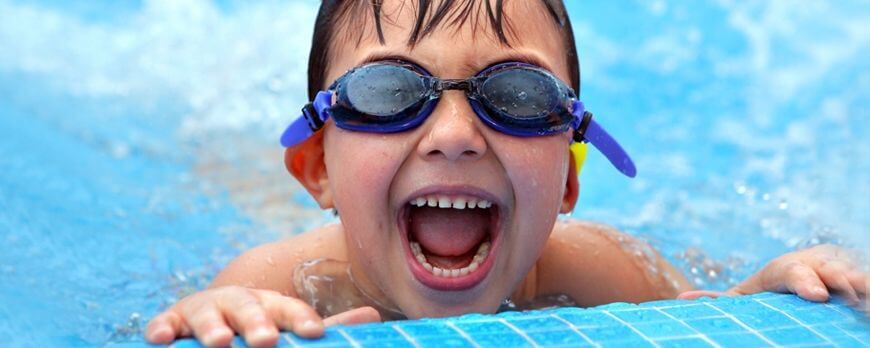
Swimming pool hygiene
Infections of the stomach, ears, eyes, skin, and chest can occasionally be caused by bacteria found in swimming pools. Maintaining the cleanliness of your swimming pool keeps your family healthy.

Circumcision
According to experts, there are more risks than advantages to circumcising males for non-medical reasons. Making an informed decision on circumcision is crucial.
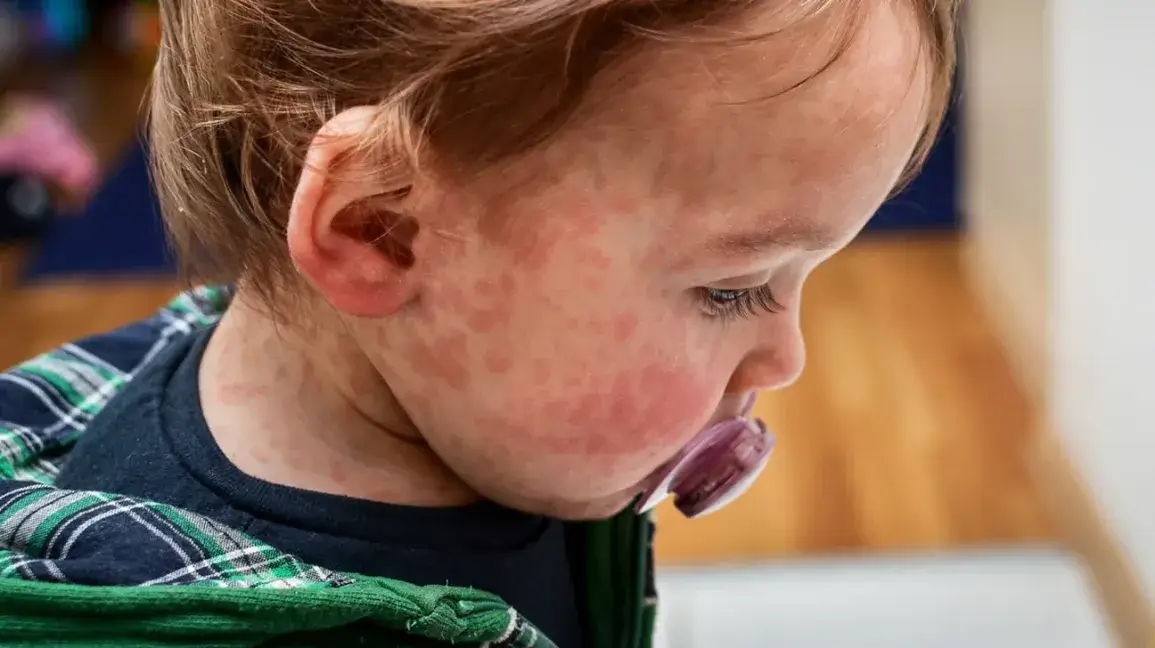
Allergies in babies, children and teenagers
The immune system's reaction to an environmental trigger is known as an allergy. Our guide describes how to identify and respond to allergy reactions in children.

Food allergies: babies, children and teenagers
Your child must stay away from foods to which they are allergic if they have any food allergies. You must understand the signs of an allergic response and how to handle it.
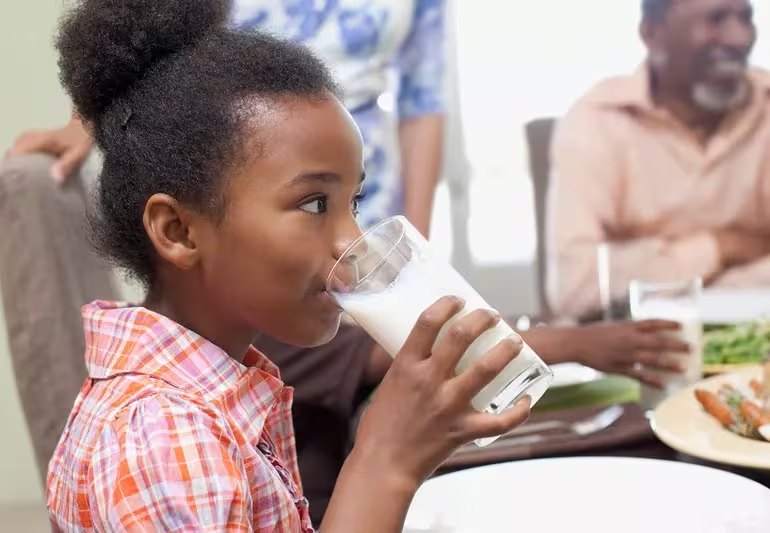
Lactose intolerance: babies, children and teenagers
Symptoms of lactose intolerance include diarrhoea, bloating, wind, and stomach pain. Diaper rash can also occur in babies. Your child needs to see a doctor.